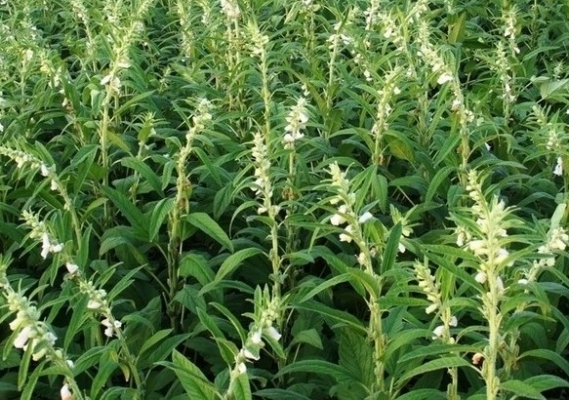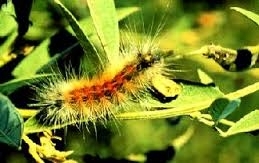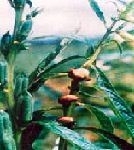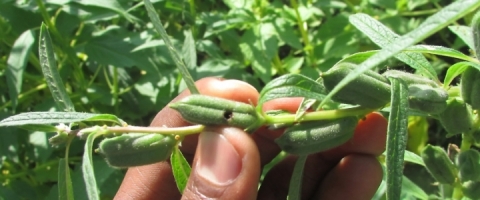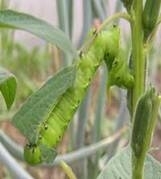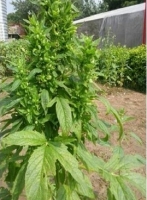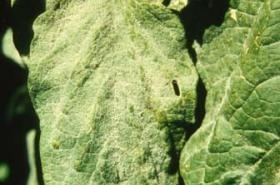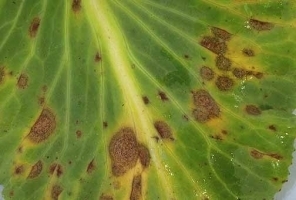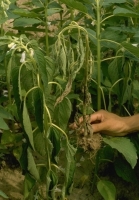General Information
India is largest producer of sesame in world. In India, Rajasthan is second largest producer of sesame after Uttar Pradesh. Ganganagar, Alwar, Hanumangarh, Bharatpur, Pali are major sesame producing districts of Rajasthan. Sesame is known as Til in Hindi. It is short duration crop can be grown through out the year. Its seeds are used to extract edible oil. Seeds are available in two color, black and white.

